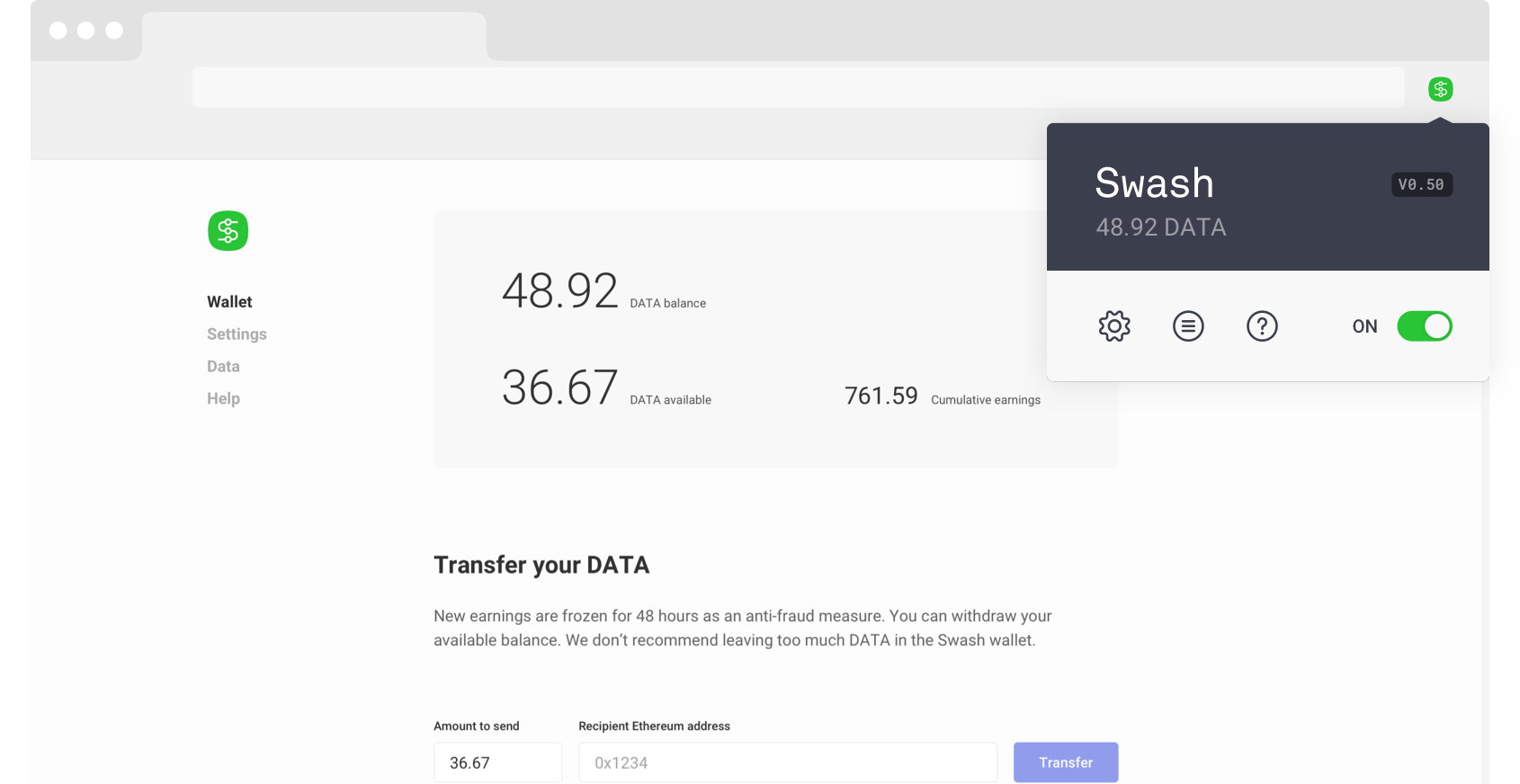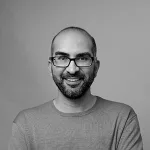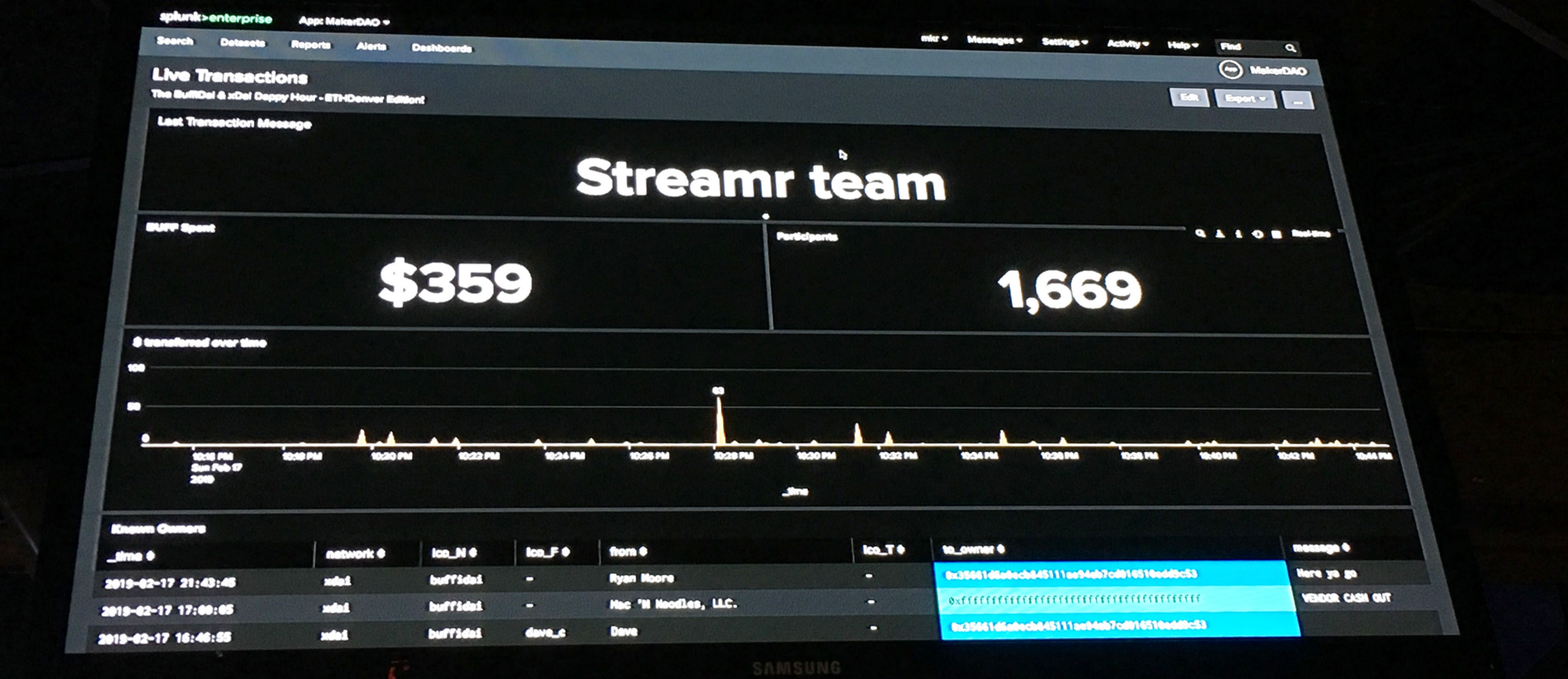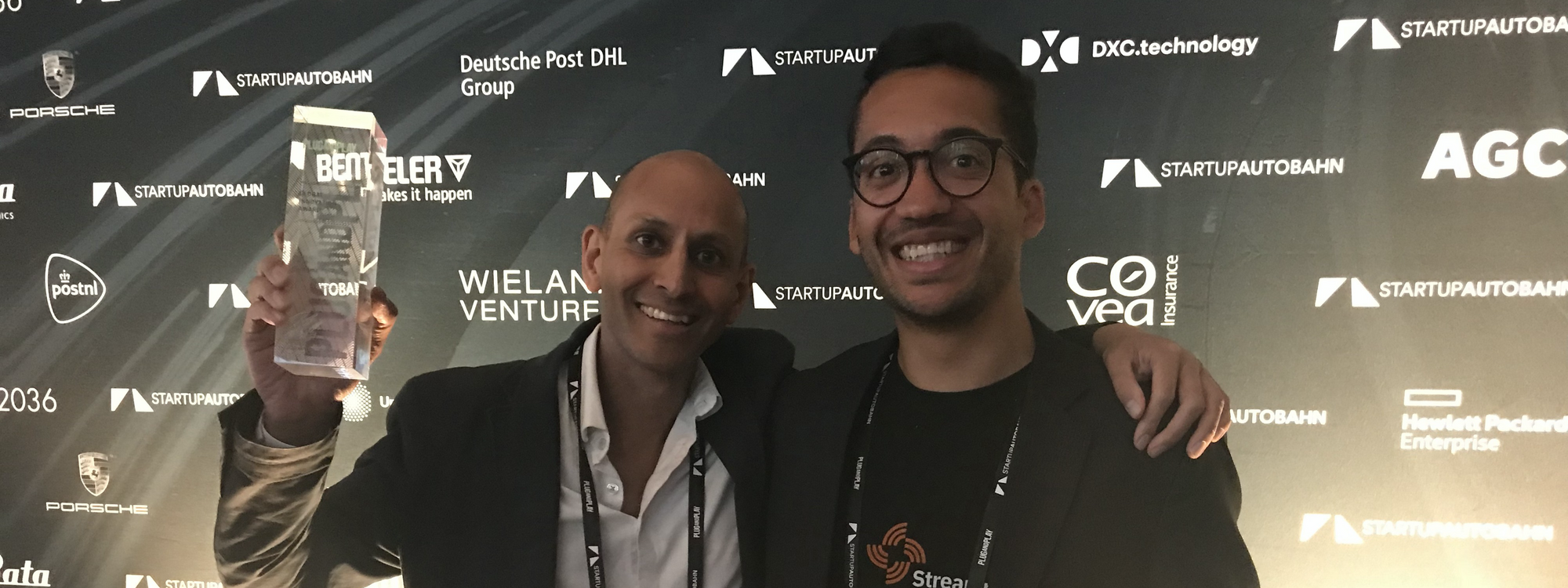What’s the gravest risk to the planet, to the environment, and to our wellbeing?
While there is always the chance of falling prey to a nuclear, biological, or epidemiological disaster or even artificial intelligence run amok, we see the global climate change as one of the biggest threats to worry about.
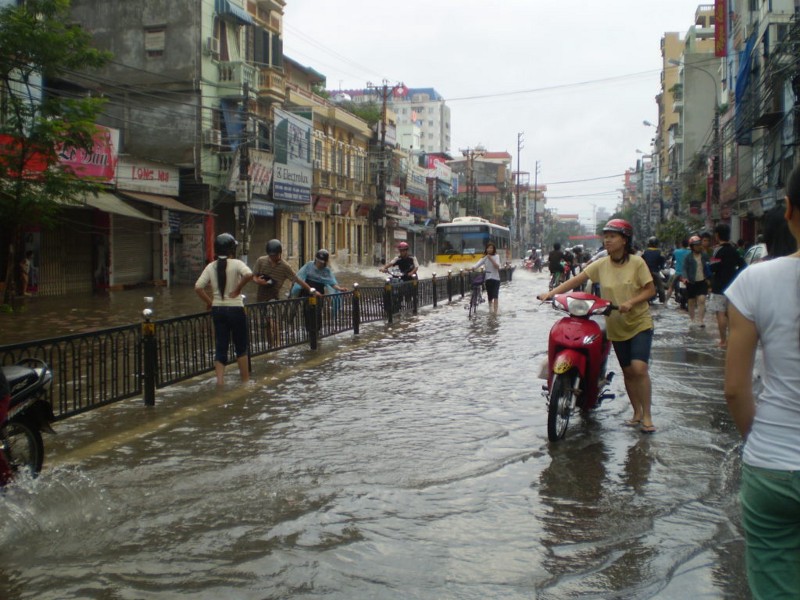
In the short term, we’re already experiencing an increase in extreme weather events in many regions of the world. In the medium to long term, average temperature is rising, sea ice is being lost, sea levels are increasing, precipitation patterns are changing, and severe droughts, storms, floods, and heatwaves are occurring more and more often. Such changes will become common in the coming decades and will continue well into foreseeable future.
As a consequence of climate change, many ecosystems both at land and at sea are at risk. Animal and plant extinction rates are rising and biodiversity is declining. Follow-up effects include rising pollution levels, widespread health problems, and higher death rates for both humans and the wildlife. There will be a heavy economic cost to both property and the infrastructure in sectors such as agriculture, energy, forestry, and tourism.
What can we do to make a difference? Clearly we can think about personal choices (eat less meat, walk instead of driving, buy local, fly less etc.) and try to change society for the better.
But can we perhaps do much more? Can we harness the power of the community in the course of saving the planet? Can we slow down and eventually reverse the climate change?
We think it can be done.
To see how, let’s take a detour into the science of global warming. While we don’t have the time and space here to delve into the complexities and uncertainties, a few things are pretty clear. The planet is warming up due to the greenhouse effect, where specific gases in the atmosphere absorb heat arising from the Earth’s surface through the lower atmospheric layers. Water vapour is the primary greenhouse gas, followed by carbon dioxide, methane, ozone, and various fluorocarbons.
Man plays a large role as a generator of greenhouse gases, and especially as the source of carbon dioxide in the atmosphere. Human activities (burning of fossil fuels, changing land use, deforestation, cement production, industrial pollution) have been the main culprits for the climate warming since the 1950’s. Carbon dioxide released because of our actions have led to levels of CO2 not seen in the atmosphere for hundreds of thousands of years.
Given all this, it is fairly clear what the goal must be. We have to ensure that significantly more carbon is captured from the biosphere and atmosphere than gets released. We are talking about carbon sequestration, i.e. about the process of capture and long-term storage of atmospheric carbon.
While there are many ways to enhance carbon sequestration, carbon capture in the soil is one of the more promising alternatives. As it is, there is more carbon contained in the soil (plant litter, other biomass, charcoal, humus, root mass) than in all terrestrial vegetation plus the atmosphere combined.
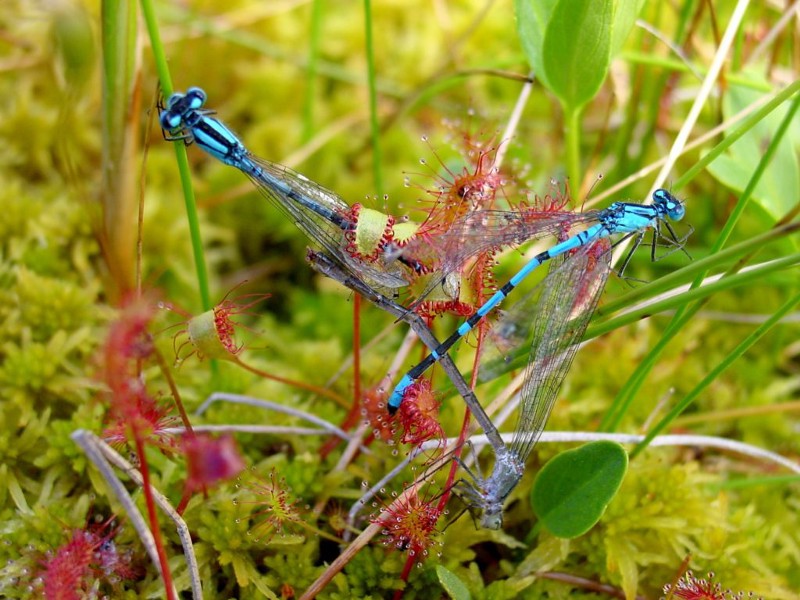
The problem is that current agriculture and grazing practices lead to net release of carbon from the soil. We have to change the way we farm. What is needed is something called regenerative agriculture. There are some 3.6 billion tillable acres on the planet. If regenerative agriculture were practiced on every one of those acres, potentially all of the current CO2 emissions could be sequestered!
Regenerative agriculture invites farmers and consumers to see the land as complex living systems and to see people as cooperative actors within that system. Conventional/chemical agriculture has pushed farmers into a model of maximum value extraction which has increasingly led to the degradation of soils, the loss of beneficial microbiology, the consolidation of small farms into mega farms, and the need for large amounts of chemical inputs. But there is a better way. When a farmer engages with her land as a living system and supports the complex web of life that maintains ecological health, the whole system benefits.
This is not rocket science. Many of the practises of regenerative agriculture are well-known and already successfully applied in organic farming. Crop rotation, composting, and minimal tillage are some of the key components, but there’s much more that can be done, ranging from the encouragement of beneficial insect habitats, biochar use, multi-species cover crops, rotational grazing of animals, and connecting farms to regional agro-ecosystems. This process is multi-functional in that when carbon is sequestered in the soil, the soil improves. It has greater fertility, greater water retention properties, the food produced has higher nutrition, and the farm has greater resilience to pests and adverse weather. We regularly see increased yields and profits for farmers with the switch to regenerative agriculture.
Now enter blockchain, and this is when things start to become interesting. Can we incentivize the farming community globally to work on large-scale regenerative agriculture and carbon sequestration? Can we tokenize the amount of carbon sequestered? Can we prove how much carbon has in fact been captured by better farming practices?
Such questions had not even occurred to us half a year ago. Through mutual friends, we were then put in touch with some remarkable thinkers who have spent years working on such issues. The good folks at Terra Genesis International have come up with practical ideas of how to use the blockchain to incentivize farmers, companies, and governments to provably capture and bind significant amounts of carbon in the soil.
In our talks with Gregory Landua, Christian Shearer and others at Terra Genesis, it has become evident that the Streamr technology stack and the decentralized data transport layer can play a key part in the process. To us, this is a double whammy: We can both help save the planet and help grow Streamr data network at the same time. It did not take us long to sign up to the process and decide to give Terra Genesis team a helping hand.
In short, the mission is one of incentivizing the global community to contribute to carbon sequestration via blockchain and the use of IoT and monitoring devices. There are many details to be worked out, but this is roughly how the process could work.
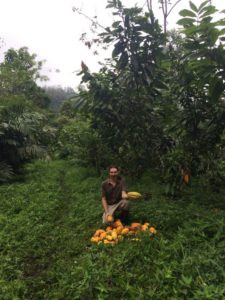
- Install a range of agricultural sensors which make continuous, secure and near real-time measurements of quantities correlated with the amount of carbon sequestered at representative farms and in specific soil and climate conditions.
- Use the data to make a scientific estimate of the amount of carbon sequestered. The more farms and operations signup, the more accurate and more comprehensive such estimates will become.
- Reward the farmers and companies with a carbon token for the amount of carbon which has been provably sequestered.Provide bounties to encourage implementation where the marginal benefit for the planet is the greatest.
The beauty of the idea is that anyone can contribute. You don’t have to be a regenerative farmer to help save the planet. It is enough that you are concerned about climate change and want to leave a better place for your children and grandchildren. You can acquire some of the carbon token and use it to dangle the proverbial carrot in front of those who can truly make a practical difference. And because it is in the economic interest of farmers and other relevant actors to help, the planet will become a better place for all of us.
As said, there are many details to be worked out. There’s lots of technical work ahead on telemetry, data transport, decentralized computations, development of algorithms to accurately deduce the carbon sequestration, detailed token design, and so on. The good thing is that many of the pieces of the puzzle already exist, including the sensor technology, messaging and streaming analytics platform, pilot locations, not to speak of the entire Ethereum infrastructure. A prototype is in the works, and we at Streamr are truly excited to be working at the intersection of IoT and the blockchain for the greater good of Mother Earth!



